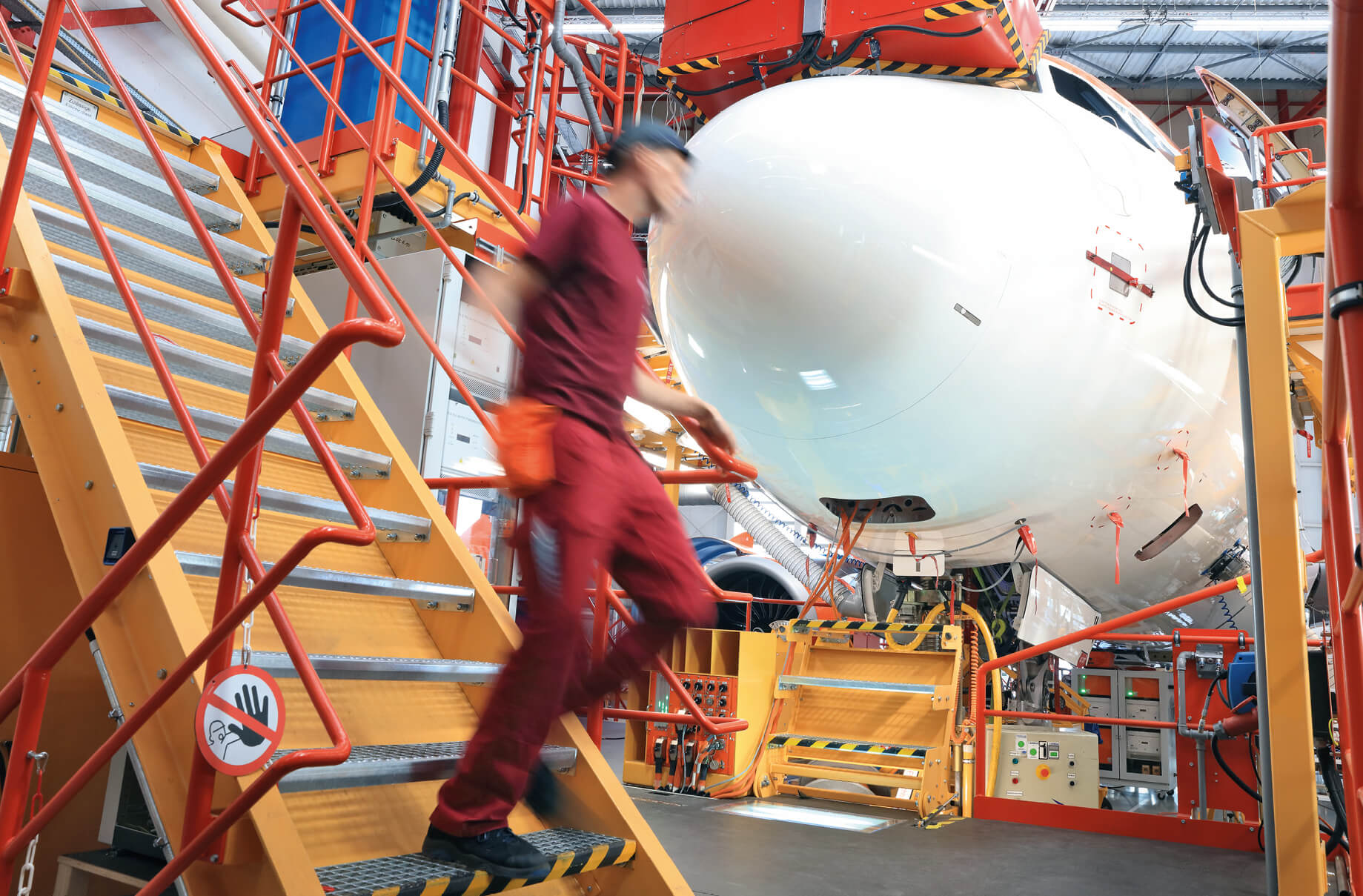It’s an idea that puts a glint in the eye of technicians and engineers alike – instead of drawing alternating current from the grid, why not run all production systems and equipment on electricity supplied by an energy-saving, direct-current in-house network? This would be fed by on-site solar and wind power, with any surpluses, such as braking energy from robots, recovered and temporarily stored along with the short-term surpluses that renewables generate. Switching industrial production systems from alternating current to direct current offers companies clear benefits.
To start with, it boosts energy efficiency. Smart production operations based on direct current can put green energy from solar or wind power straight to use, incurring none of the losses that would otherwise come from converting the DC generated by renewables into the AC required by conventional consumers.
What’s more, running production operations directly on green electricity makes an important contribution to the energy revolution and therefore to climate protection, which is an international task. Not only that, but companies that generate their own power from renewables are less exposed to current fluctuations in the public grid, which can potentially cause rejects during production.
